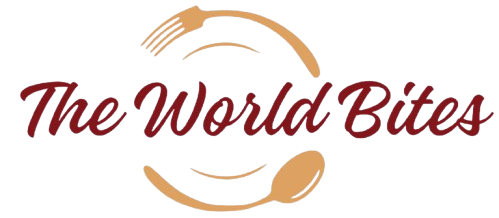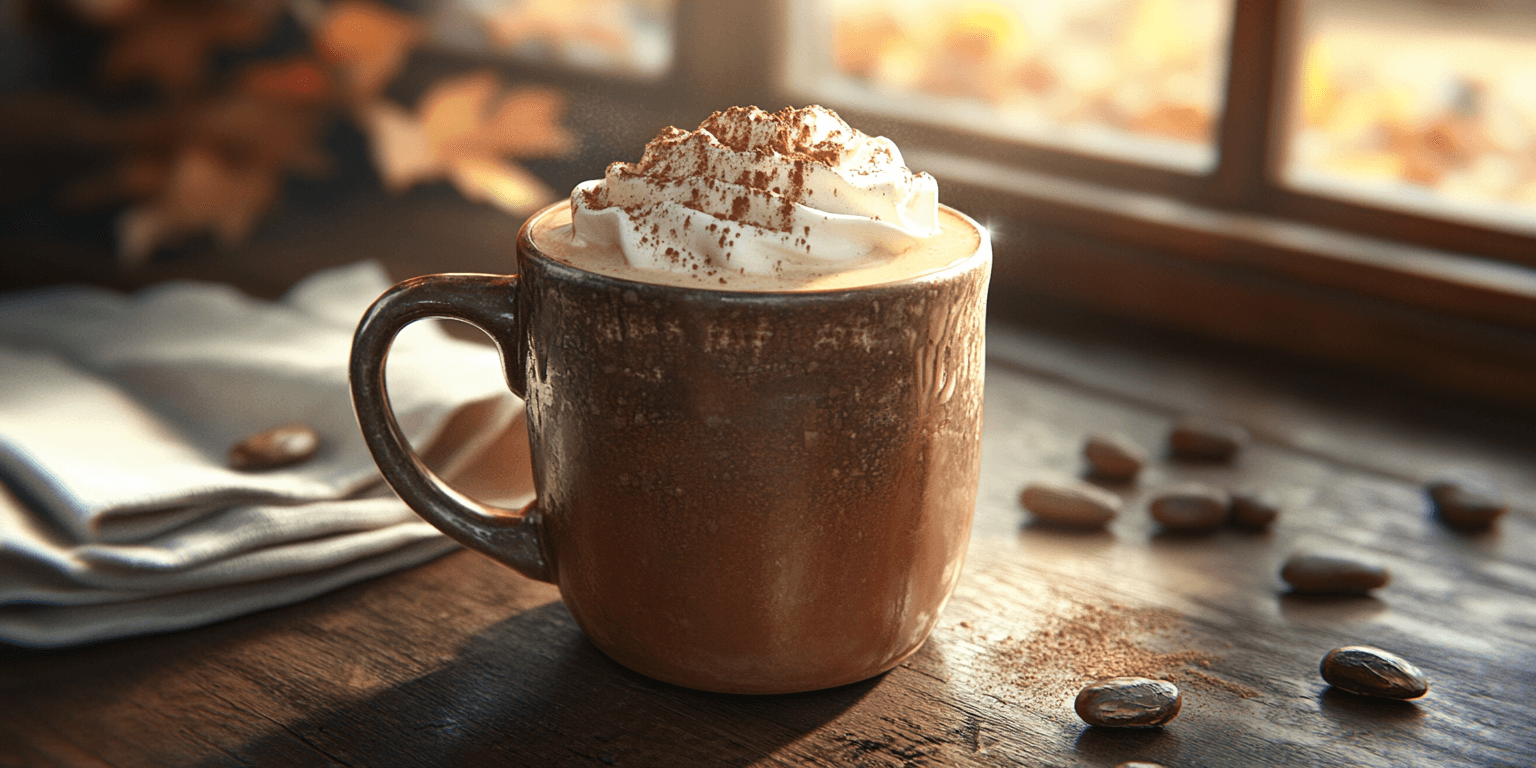Milky cocoa is a timeless comfort drink, loved by people of all ages and cultures. Its creamy, velvety texture and rich flavor make it a staple for cozy evenings, chilly mornings, or moments of relaxation. Combining cocoa powder and milk, this beverage strikes the perfect balance between indulgence and nourishment.
This article dives deep into the world of milky cocoa, exploring its history, nutritional value, cultural significance, and recipes that you can try at home. Whether you’re a seasoned cocoa lover or new to its charm, there’s something delightful waiting for you in every cup.
Table of Contents
The History of Cocoa: A Journey Through Time
The story of cocoa begins in the ancient Mesoamerican civilizations, where it was revered as “food of the gods.” The Mayans and Aztecs consumed cocoa as a bitter drink, often mixed with spices and herbs. Cocoa was more than just a beverage; it was a symbol of wealth, power, and divinity.
In the 16th century, Spanish explorers introduced cocoa to Europe, where it underwent a transformation. Sugar and milk were added to temper its natural bitterness, making it more appealing to European tastes. By the 18th century, cocoa had become a symbol of luxury and indulgence, often enjoyed by the elite.
As trade expanded, cocoa cultivation spread across the tropics. Today, it is a global industry, with millions of tons produced annually, fueling the world’s love for chocolate and cocoa-based beverages.
What is Milky Cocoa?
Milky cocoa is a creamy, sweetened beverage made by blending cocoa powder with milk and sometimes sugar or other flavorings. Unlike traditional hot chocolate, which often uses melted chocolate, milky cocoa relies on cocoa powder to deliver its signature taste.
Characteristics of Milky Cocoa
- Rich Texture: The milk provides a smooth, creamy base.
- Balanced Sweetness: Sugar or sweeteners can be adjusted to taste.
- Versatile Flavors: Add spices or toppings to create endless variations.
The Science Behind Milky Cocoa
Cocoa and milk come together in a blend of flavor and nutrition, creating a satisfying drink that appeals to both the palate and the body.
Nutritional Components
- Cocoa Powder: Contains antioxidants, primarily flavonoids, which are known for their anti-inflammatory and heart-protective properties.
- Milk: A source of calcium, Vitamin D, and protein, milk complements cocoa’s nutritional value, making the drink a wholesome option.
How Milk and Cocoa Interact
When heated, milk proteins bind with the cocoa particles, creating a creamy emulsion. This interaction is what gives milky cocoa its signature velvety texture. The natural fats in milk also enhance the flavor, rounding out the bitterness of the cocoa.
Ingredients for Perfect Milky Cocoa
Creating the perfect cup of milky cocoa starts with selecting high-quality ingredients. Here’s a breakdown of what you need:
Cocoa Powder
- Opt for unsweetened, high-quality cocoa powder to control sweetness and maximize flavor.
- Dutch-processed cocoa offers a smoother, less acidic taste, while natural cocoa is more robust and earthy.
Milk Options
- Whole Milk: Provides the richest, creamiest texture.
- Low-Fat Milk: A lighter option for calorie-conscious drinkers.
- Plant-Based Milk: Almond, oat, or soy milk are excellent alternatives for vegan or lactose-intolerant individuals.
Sweeteners
- Sugar: The most common choice for sweetness.
- Honey or Maple Syrup: Adds natural sweetness and depth of flavor.
- Artificial Sweeteners: Suitable for those reducing sugar intake.
Optional Additions
- Spices: Cinnamon, nutmeg, or cardamom for warmth.
- Extracts: Vanilla or almond extract for added complexity.
- Pinch of Salt: Enhances the cocoa’s natural flavors.
How to Make Milky Cocoa at Home
Making milky cocoa at home is simple and rewarding. Here are two approaches to suit every skill level:
Basic Recipe
Ingredients:
- 2 tbsp cocoa powder
- 2 cups milk
- 2 tbsp sugar
- 1 tsp vanilla extract
Instructions:
- In a small bowl, mix cocoa powder and sugar with a splash of milk to form a smooth paste.
- Heat the remaining milk in a saucepan over medium heat.
- Gradually whisk in the cocoa paste until fully dissolved.
- Add vanilla extract and stir.
- Serve warm with optional toppings like whipped cream or marshmallows.
Gourmet Recipe with a Twist
Ingredients:
- 2 tbsp cocoa powder
- 1 cup whole milk + 1 cup heavy cream
- 2 tbsp brown sugar
- 1 tsp ground cinnamon
- Whipped cream and dark chocolate shavings (for garnish)
Instructions:
- Combine cocoa powder, sugar, and cinnamon in a bowl.
- Heat the milk and cream in a saucepan until steaming but not boiling.
- Whisk in the cocoa mixture until smooth.
- Serve in mugs, topped with whipped cream and chocolate shavings.

Benefits of Milky Cocoa
Milky cocoa is more than just a delicious treat—it offers several health and emotional benefits:
1. Physical Health
- Rich in Antioxidants: Cocoa contains flavonoids that promote cardiovascular health and may improve brain function.
- Bone Health: Milk is a natural source of calcium and Vitamin D, essential for strong bones and teeth.
2. Emotional Comfort
- Stress Relief: The warmth and sweetness of milky cocoa have a calming effect, making it a perfect drink for relaxation.
- Mood Boost: Cocoa stimulates the release of endorphins, enhancing feelings of happiness.
Variations of Milky Cocoa
One of the best things about milky cocoa is its versatility. Here are some popular variations to try:
Vegan Milky Cocoa
- Use almond, soy, or coconut milk as a dairy-free base.
- Sweeten with agave syrup or coconut sugar.
Spiced Cocoa
- Add ground spices like chili powder or ginger for a bold, flavorful kick.
Decadent Versions
- Top with marshmallows, whipped cream, or chocolate syrup for an indulgent treat.
Healthier Options
- Use low-fat milk and a sugar substitute for a lighter version.
Milky Cocoa Around the World
Milky cocoa takes on unique forms in different cultures:
- Mexico: Known as “Champurrado,” it includes masa harina and spices.
- France: Rich, thick “Chocolat Chaud” often served in small cups.
- Philippines: “Tsokolate” is made with local cacao tablets and served with bread.
Best Time to Enjoy Milky Cocoa
While milky cocoa can be enjoyed any time, certain moments make it even more special:
- Winter Evenings: Warm yourself by the fire with a cup of cocoa.
- Festive Holidays: Serve with cookies during Christmas or New Year celebrations.
- Post-Workout: Replenish energy with a lighter, nutritious version.
Popular Brands Offering Milky Cocoa
If you’re short on time, these brands offer excellent ready-to-make options:
- Nestlé: Affordable and widely available.
- Ghirardelli: Known for its premium quality.
- Hershey’s: A classic choice with a rich cocoa flavor.
Cultural Significance of Milky Cocoa
Milky cocoa holds a special place in cultural traditions. From being a part of holiday festivities to symbolizing comfort in literature, this drink resonates deeply with people worldwide.
Milky Cocoa in Media
Books and movies often depict characters enjoying milky cocoa, emphasizing its role as a symbol of warmth and coziness.
Sustainability and Ethical Sourcing
Fair Trade Cocoa
Supporting fair trade brands ensures that cocoa farmers receive fair wages and work in ethical conditions. Look for certifications on packaging to make informed choices.
Eco-Friendly Packaging
Many companies are shifting to biodegradable or recyclable packaging to reduce environmental impact.
Common Mistakes in Making Milky Cocoa
- Overheating Milk: Can scorch the milk and alter its flavor.
- Too Much Sweetener: Overpowers the natural taste of cocoa.
- Skipping Whisking: Leads to lumps instead of a smooth texture.
FAQs About Milky Cocoa
1. Why is milky cocoa better than plain hot cocoa?
Milky cocoa has a creamier texture and a richer taste, thanks to the addition of milk.
2. Can I use plant-based milk for milky cocoa?
Yes, almond, soy, oat, or coconut milk are great alternatives.
3. How can I store leftover milky cocoa?
Store it in an airtight container in the refrigerator for up to two days. Reheat gently before serving.
4. What is the best way to froth milk for milky cocoa?
Use a handheld frother or a whisk to create a light, airy foam.
5. Does milky cocoa contain caffeine?
Cocoa contains a small amount of caffeine, significantly less than coffee.
6. Are there health risks to drinking too much milky cocoa?
Excessive consumption can lead to high calorie and sugar intake. Enjoy in moderation.
Last Bite
Milky cocoa is not just a drink; it’s an experience. From its rich history to its comforting taste, it continues to be a beloved treat worldwide. So, grab your favorite mug, whip up a batch, and let the creamy goodness of milky cocoa brighten your day.
People Also Asked
Can You Buy Milk Chocolate Cocoa Powder?
Yes, you can purchase milk chocolate cocoa powder, but it is relatively rare compared to standard cocoa powder. Most cocoa powders on the market are either natural or Dutch-processed, designed for baking or beverages. Milk chocolate cocoa powder typically contains added milk solids and sugar, making it sweeter and creamier straight out of the package.
For those looking to make a beverage or dessert with a milk chocolate flavor, combining unsweetened cocoa powder with milk and sugar can achieve a similar result.
What is the Darkest Cocoa?
The darkest cocoa powder is black cocoa powder, which is heavily Dutch-processed to achieve an almost black color and a mild, earthy flavor. Black cocoa is often used in recipes like Oreo cookies or dark chocolate cakes to provide a deep color and subtle cocoa taste.
However, it is less acidic and has fewer flavonoids compared to natural cocoa, which retains more of the raw cacao’s antioxidants and robust flavor. For a rich and dark cocoa experience, combine black cocoa with regular Dutch-processed cocoa to balance color and taste.
Can I Mix Cocoa with Milk?
Absolutely! Mixing cocoa with milk is a classic preparation method for making beverages like hot cocoa. The milk provides creaminess, while the cocoa contributes a rich, chocolatey flavor. Here’s how you can mix cocoa with milk effectively:
- Start with a Paste: Combine cocoa powder and sugar in a small bowl, then add a splash of milk to form a smooth paste. This prevents lumps.
- Heat the Milk: Warm the remaining milk in a saucepan or microwave, but avoid boiling.
- Combine and Stir: Gradually whisk the cocoa paste into the warm milk until smooth and frothy.
For a dairy-free alternative, plant-based milks like almond, oat, or soy milk also pair wonderfully with cocoa.
Is White Cocoa a Thing?
Yes, white cocoa is a real product, but it differs significantly from traditional cocoa. White cocoa powder is made from cocoa butter, the fat extracted from cacao beans, rather than the dark solids. It is pale in color and has a creamy, rich texture but lacks the characteristic chocolate flavor of traditional cocoa powder.
You can try milky cocoa with blondie and a brookie cookies.
White cocoa is often used in white chocolate recipes, baking, or as a base for drinks with subtle, buttery notes. However, it is less common than regular cocoa powder and usually marketed as a specialty product.

